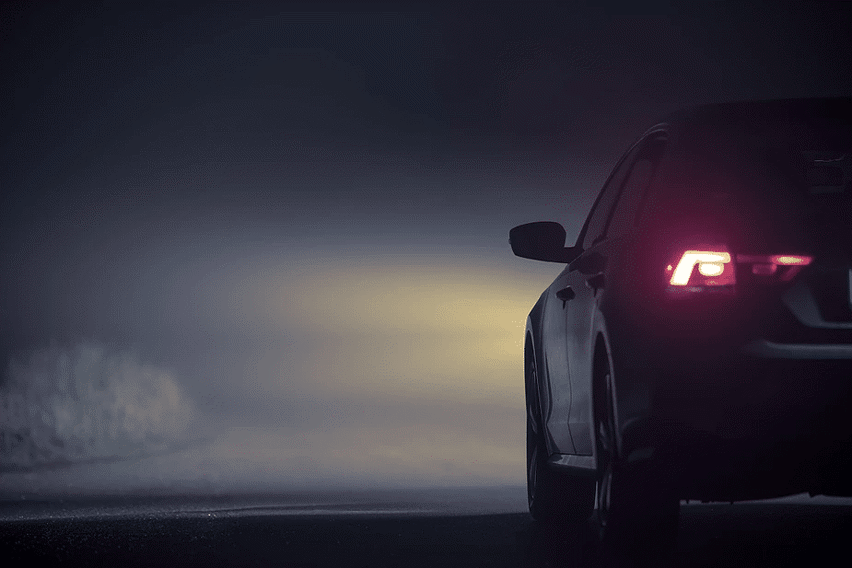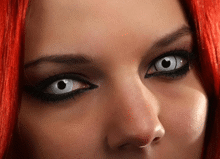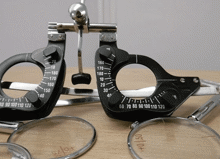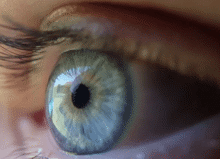Do you try to avoid driving at night due to glare?
Did you know that more than 50% of glasses wearers say that they don’t feel confident about having to drive at night?
It is a common fact that the environment changes after dark and problems with glare can affect your eyes.

How can the dark affect night-time driving?
How can the dark affect our vision?
Here’s a few of the top issues raised by people who find driving at night a struggle. Do you find yourself answering yes to any of the following?
- Have you been alarmed at night by the dazzle of a bright, oncoming headlight?
- Are you less confident driving at night than during the day?
- Do the headlights of other vehicles blind you at night?
- Are you anxious about driving at night when it’s raining due to the reflection of lights on the road?
- Does it take you longer to react to road obstacles after dark?
- Have you already given up driving at night because of stress?
If you wear glasses and you have answered yes to at least one of these questions, then there is a solution to help you with the problem of night glare.
An anti-reflection coating on your lenses
What are the key benefits of an anti-reflective lens?
- The sensation of night glare is reduced
- The lenses are clear and transparent and look appealing aesthetically
- It is a lens that can be suited to daylight conditions too so ideally, they can always be worn day and night
- They will reduce the irritation caused by the headlights of other vehicles and other lights at night
- It will protect your eyes from UV during the day
- The lenses are resistant to water, finger marks, dust and micro-scratches.
This coating significantly reduces visual discomfort commonly caused by the glare from vehicle headlights when driving at night.
Specifically, wearers will notice a significant decrease in the effect of “light halos” commonly associated with modern Xenon and LED headlights giving wearers more comfortable, safer vision when driving at night.
How do anti-glare lenses lenses work?
You have two types of photoreceptors in your retina: cones for the day vision and rods for night vision.
In night-time conditions these rod photoreceptor functions are hindered by the light reflecting off lenses. When this glare happens, it impairs your visual perception. So, it’s great to find a solution that will minimise reflections and improve your night vision by the Reflect Control technology, Night Drive Boost.
With no glare
Before glare, the average time taken to detect an obstacle in the road is less than 2.5 seconds for 95.2% of eyeglass wearers.
This corresponds to a 60m distance. (for an average speed of 90 km/h)
After experiencing glare
After glaring, the average time taken to detect an obstacle on the road is less than 2.5 seconds for only 13.5% of eyeglass wearers. For the rest, times range between 2.5 and 7 seconds.
It means a distance up to 160m (for an average speed of 90 km/h).

Search for a local optician
Discover quality frames and personalised fitting service at your local independent optician.
Related articles





